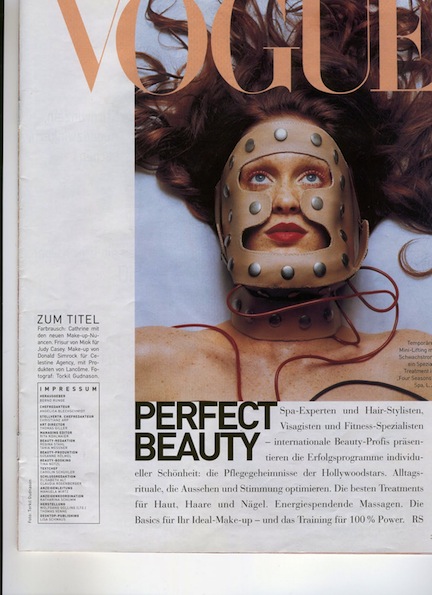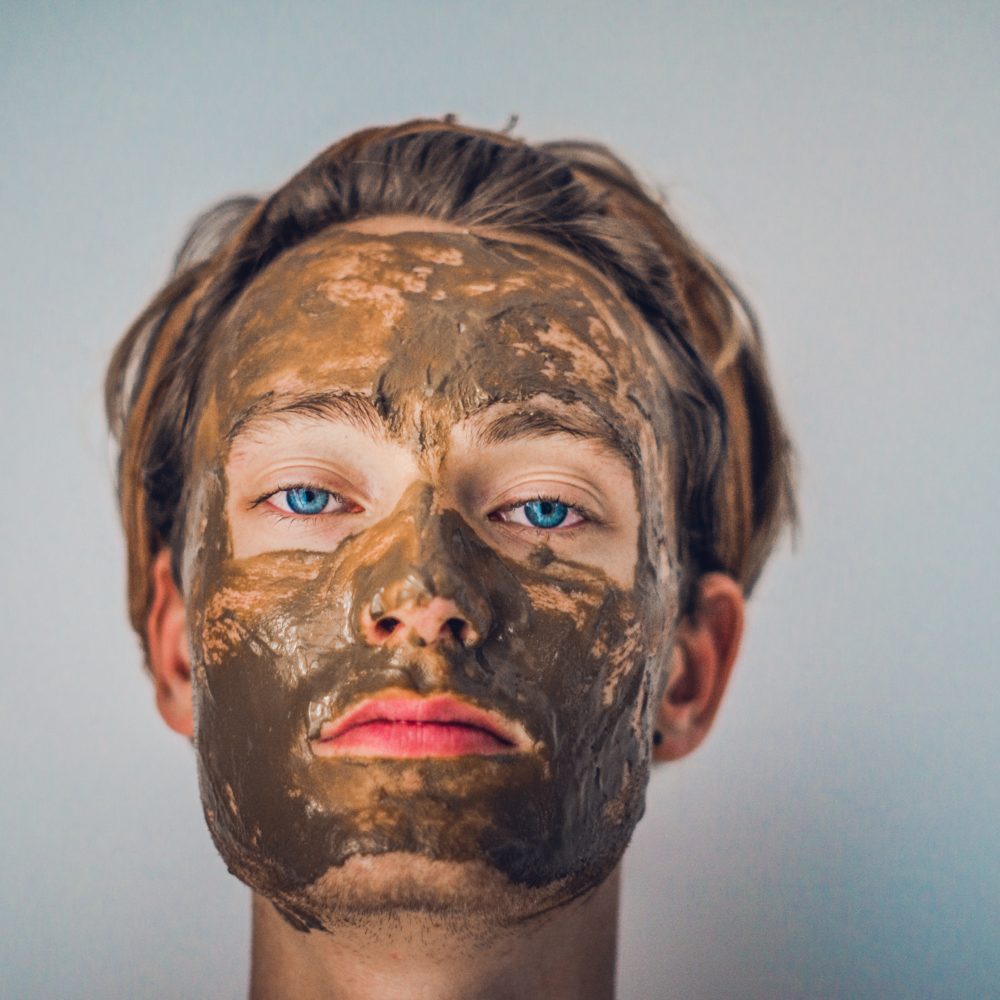There are a wide range of professional chemical peels available. These treatments range from light glycolic acid peels that can be incorporated into cleansing facials to intense TCA peels that require 8-10 days of recovery time.
This is a comprehensive list of the most popular peels/peel ingredients in each category: light, medium and deep. New combinations of these ingredients are being used all the time (and often given new names) so don’t be afraid to ask what acids are in the peel you are about to receive.
Light Chemical Peels:
Glycolic acid is the most widely used chemical peel ranging in strength from 2%-70%. Glycolic acid exfoliates the top layer of the skin which minimizes surface pigment, fine lines and blackheads. It is safe to use during pregnancy and while breast feeding. The peel solution is applied to the face, left on for 2-5 minutes, then neutralized with water. This makes glycolic acid an ideal chemical peel to incorporate into a basic facial.
Salicylic acid is the most effective chemical peel for acne prone skin. Derived from white willow bark, it is chemically similar to aspirin which makes is unsafe to use during pregnancy and while breast feeding. Most professional salicylic acid peels are 20% strength: the solution is applied to skin after cleansing and degreasing with alcohol or acetone. 5-7 minutes after application, the heat and tingling subside and a cooling serum is applied; this is called a self-neutralizing peel. The solution must remain on the skin for at least 5 hours after the application but you may apply sunscreen and makeup during this time. Often, there is some light flaking of the skin 2-3 days after the peel is applied. This is normal and should subside with an application of moisturizer.
Lactic acid is the most gentle chemical peel available. It is derived from a milk enzyme and gently digests the dead skin cells. Lactic acid ranges in strength from 2%-70%, it ideal for sensitive skin types and is self-neutralizing.
Medium Chemical Peels:
The Jessners Peel is 14% lactic acid, 14% resorcinol (a phenol derivative), 14% salicylic acid and .3% retinoic acid. This specific combination of acids was pioneered over 30 years ago by Dr. Max Jessner as a way to reduce the harsh side effects of stronger acids yet provide significant results. There are a number of “modified Jessner’s” on the market and many of them have their own names: the Vitalize Peel from Skin Medica is a popular one. Jessners Peels are the most effective peel for lightening hyper-pigmentation and melasma. The formula is self-neutralizing and the depth can be controlled by the number of layers applied. The final layer is .3% retinoic acid which leaves a yellowish tint on the face. You may apply sunscreen and makeup but the solution needs to remain on the skin for at least 5 hours. Approximately, 36-48 hours after the application, the skin begins flaking. The amount of flaking depends on the amount of dead skin build up: if you exfoliate regularly the flaking may be light, if not it may be more intense. The flaking lasts for 3-5 days and you are left with smoother, more even toned skin.
The South Beach Peel is 7% TCA (tricholoracetic acid), 2% salicylic acid and .3% retinoic acid and was developed by a Miami-based doctor whose goal was to create a peel that wouldn’t leave his patients with increased sun sensitivity. This formula is self-neutralizing as well and the final layer is .3% retinoic acid which leaves a yellowish tint to the face. You may apply sunscreen and makeup but the solution needs to remain on the skin for at least 5 hours. Approximately, 36-48 hours after the application, the skin begins flaking. The flaking is usually more intense than the Jessners Peel and lasts for 4-7 days.
Deep Chemical Peels:
Tricholoracetic acid peel, commonly know as “TCA peel” is the most aggressive commonly used chemical peel. Lower strengths (5-7%) will provide a medium depth peel, while higher concentrations (10-30%) provide a deeper peel and require recovery time. There haven’t been conclusive studies about the effects of TCA and pregnancy so it is best to avoid while pregnant or breast feeding. The application process is similar to the Jessners Peel and The South Beach Peel; TCA is self neutralizing and needs to remain on the skin for at least 5 hours. The recovery period of peeling and redness can last from 8-10 days. TCA is the best option for large areas of the body, it minimizes sun damage and can even exfoliate surface cancer cells.




